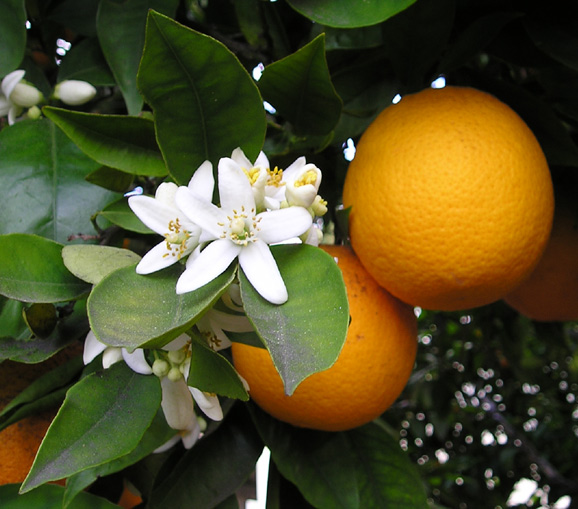How to Identify the 10 most common Genus of Trees
- Introduction to Tree Genus
- Broadleaf Trees Explained
- Coniferous Trees Explained
- Recognizing Fruit Tree Genuses
- Recognizing Ornamental Tree Genuses
- Palm Trees Explained
- Understanding Tree Diseases by Genus
- Impact of Seasonal Changes on Genus Identification
- Deciduous Trees Explained
- Genus Identification: Bark, Leaves, and Fruit
- Tree Age Determination by Genus
- Tree Care by Genus
- Wrap up and recap
Recognizing Fruit Tree Genuses
Citrus Trees and Nut Trees: Identification and Characteristics

Genus of fruit-bearing plants (source of fruit such as lemons and oranges).
In this unit, we will delve into the fascinating world of citrus and nut trees. These trees are not only known for their delicious fruits and nuts but also for their unique characteristics that make them stand out in the plant kingdom.
Citrus Trees
Citrus trees belong to the Rutaceae family and the Citrus genus. This genus includes a variety of trees that produce some of the most popular fruits worldwide, such as oranges, lemons, limes, and grapefruits.
Characteristics of Citrus Trees
Citrus trees are evergreen, with glossy, dark green leaves. The leaves often have a winged petiole, a unique characteristic of the Citrus genus. The trees produce white, fragrant flowers that are followed by the fruit. The fruit is a type of berry known as a hesperidium, characterized by a leathery rind and juicy segments inside.
Identifying Citrus Trees
Identifying citrus trees involves looking at their leaves, bark, fruit, and flowers. The leaves are typically glossy and dark green with a winged petiole. The bark of citrus trees is usually smooth and gray. The fruit, of course, is the easiest way to identify a citrus tree. Each type of citrus fruit has a distinctive color, size, and shape.
Nut Trees
Nut trees belong to various genuses, including Juglans (walnuts), Carya (pecans and hickories), and Corylus (hazelnuts), among others. These trees are known for their hard-shelled fruits that contain edible seeds, commonly referred to as nuts.
Characteristics of Nut Trees
Nut trees are usually large and sturdy, with broad leaves. The leaves are often compound, meaning they are made up of multiple leaflets. The trees produce flowers, but they are usually not as showy as those of fruit trees. The fruit is a hard-shelled nut containing an edible seed.
Identifying Nut Trees
Identifying nut trees involves looking at their leaves, bark, fruit, and flowers. The leaves of nut trees are usually compound and have a distinctive shape depending on the species. The bark varies among species but is often deeply furrowed or ridged. The nuts are the easiest way to identify a nut tree. Each type of nut has a distinctive size, shape, and shell pattern.
By understanding these characteristics, you can identify and appreciate the diversity of citrus and nut trees in your surroundings. Whether you're strolling through a public park or examining trees in your backyard, you'll now be able to recognize these trees and appreciate their contributions to our diets and ecosystems.